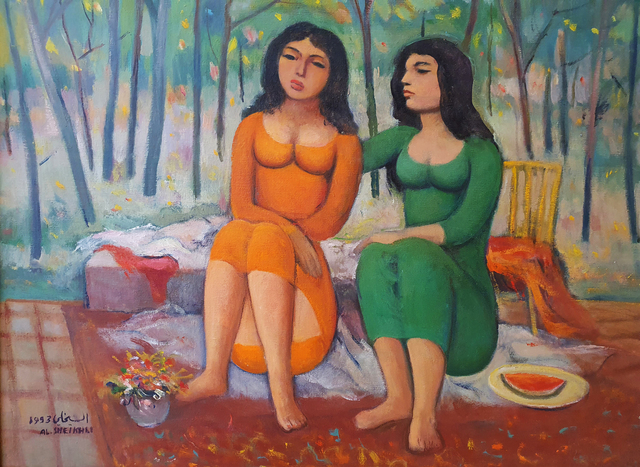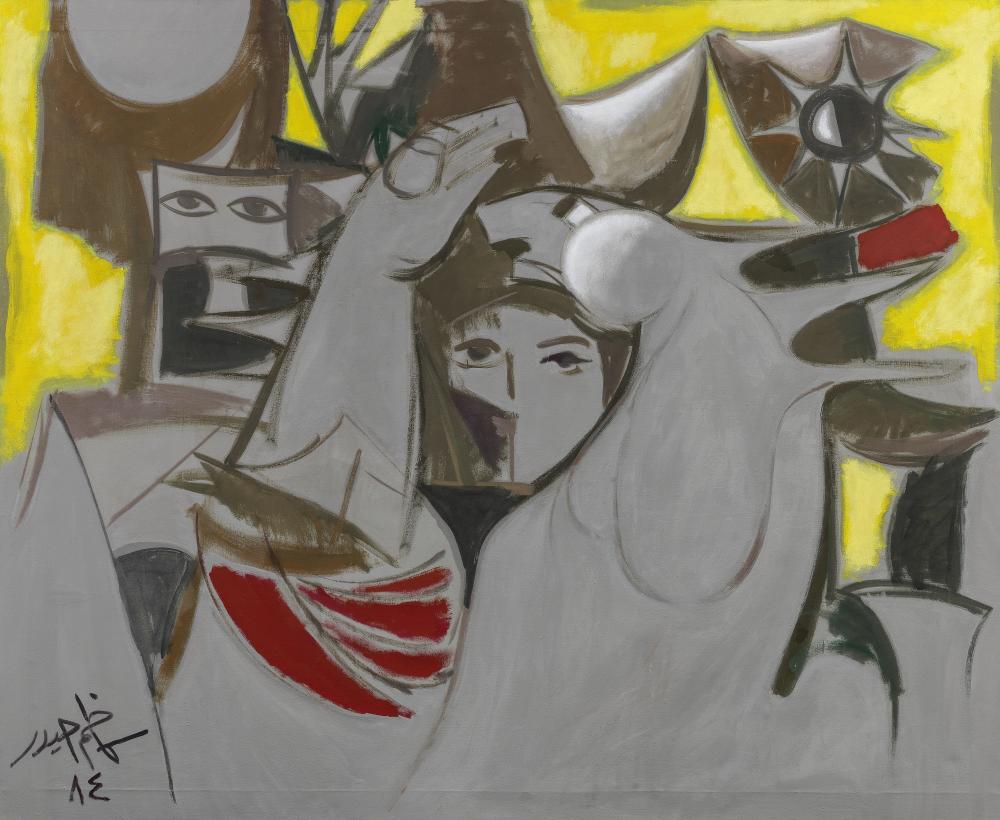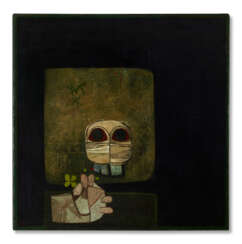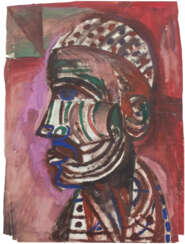baghdad



Ismail Al-Sheikhly is a contemporary Iraqui artist. He belonged to one of the first art groups to appear in Iraq, 'La Societe Primitive', founded in 1950. The group later changed its name to 'The Pioneers' and kept it into the 1970s. Some of his works are influenced by Cubism, a movement which grew in popularity throughout the 1950s, and was the preferred artistic style of one of Al-Sheikhly's important contemporaries, Hafiz Drubi. Al Sheikhly’s early works are inspired by the Iraqi village life, though his later works are more focused on abstracted colour combinations and obscured backgrounds. Women feature highly as a central theme in his work. Painted in groups quite often, Al Sheikhly’s women are streamlined with oval faces and generic bodies and seem to always be in states of coming and going, whether that be to the mosque, to the souks, or to do some domestic task.






Kadhim Haydar was a highly respected Iraqi artist, poet, author, stage-set designer and educator who, as part of the first generation of modern Iraqi artists, had a major influence on the direction of modern Iraqi art. His artworks are noted for their use of symbolism, myth and poetic allegory within a contemporary framework. His earliest works drew inspiration from the suffering of the Iraqi labourer. He presented workers as heroes with well-developed musculature, chiselled features and an imposing presence as they faced their daily struggless. His later work sought to combine his passion for Iraqi literature, poetic allegory, symbolism and abstraction into works that were primarily narrative and dealt with themes of good versus evil. For instance, he employed ancient aesthetic principles such as repeating geometric patterns derived from ancient Mesopotamian art traditions. He also included poetry in some of his artworks.


Kadhim Haydar was a highly respected Iraqi artist, poet, author, stage-set designer and educator who, as part of the first generation of modern Iraqi artists, had a major influence on the direction of modern Iraqi art. His artworks are noted for their use of symbolism, myth and poetic allegory within a contemporary framework. His earliest works drew inspiration from the suffering of the Iraqi labourer. He presented workers as heroes with well-developed musculature, chiselled features and an imposing presence as they faced their daily struggless. His later work sought to combine his passion for Iraqi literature, poetic allegory, symbolism and abstraction into works that were primarily narrative and dealt with themes of good versus evil. For instance, he employed ancient aesthetic principles such as repeating geometric patterns derived from ancient Mesopotamian art traditions. He also included poetry in some of his artworks.



















































.jpg)





















